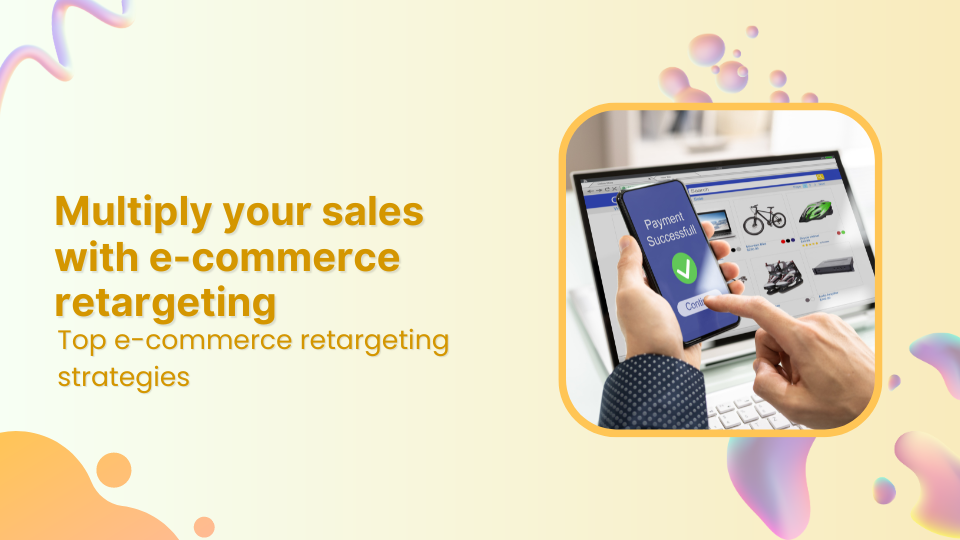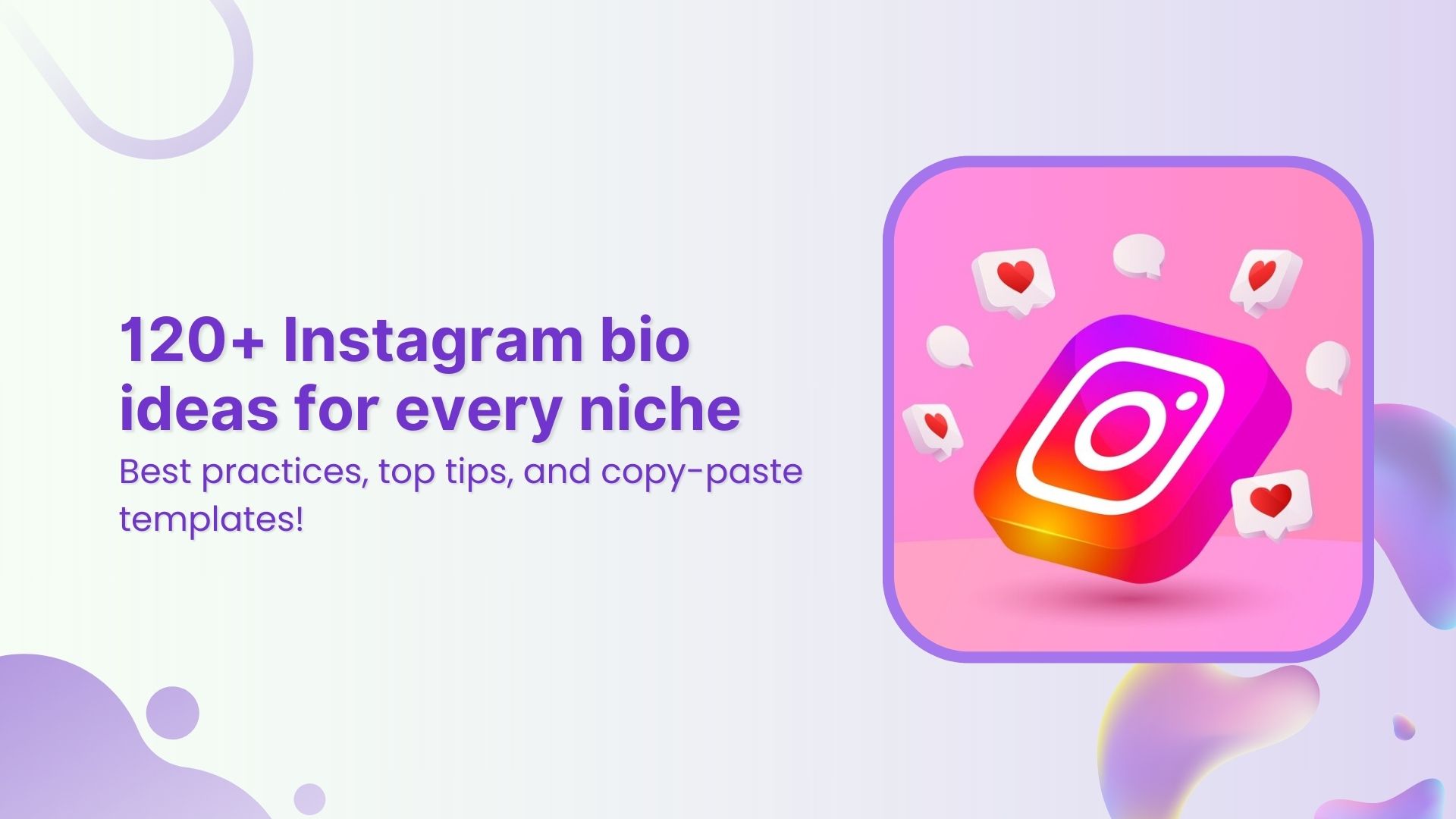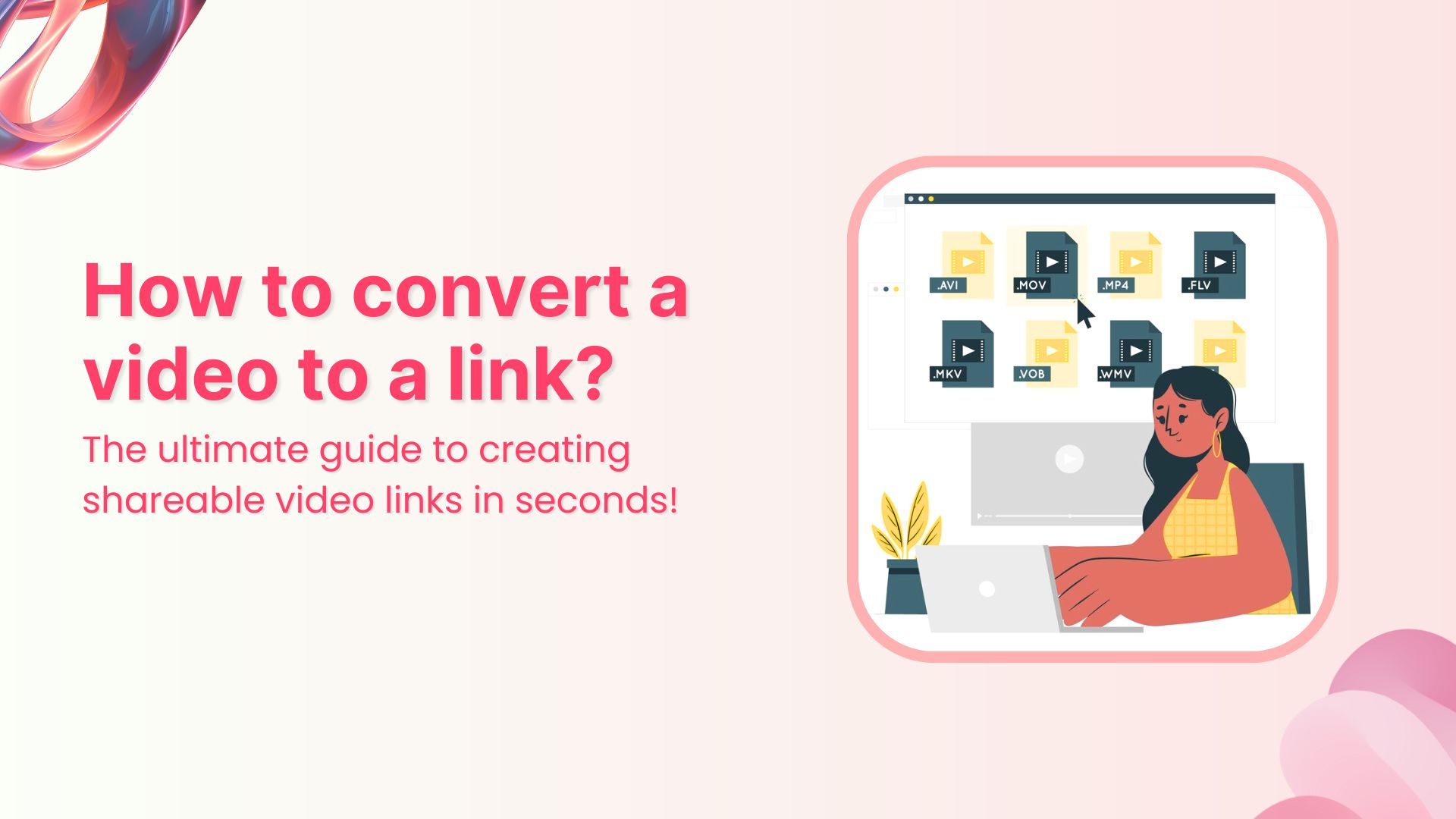Did you know that over 68% of shopping carts get abandoned online?
Don’t worry eCommerce retargeting can significantly improve those odds.
In this blog, we’re going to reveal some insider secrets that can help businesses of all sizes double their monthly sales.
What is retargeting?
Retargeting is a marketing strategy used by brands to reconnect with individuals who have previously interacted with their website, social media profiles, or other digital content. It involves displaying targeted advertisements to these individuals across various online platforms, to re-engage them and encourage them to take a specific action, such as making a purchase or signing up for a newsletter.
Here’s how retargeting typically works:
| Key retargeting features | Description |
|---|---|
|
Tracking | Whenever someone engages with your website, clicks on an advertisement, or uses your application, a small piece of code (such as a pixel) tracks their actions. This code doesn’t disclose any personal information but helps distinguish individual users. |
|
Targeting | Using the collected tracking data, you can create specific groups of users based on their interactions with your brand. |
|
Ad display |
With these targeted user groups identified, you can display tailored ads across the social media platforms they frequent. These ads serve as reminders of your brand, offer enticing incentives, or highlight relevant products and services. |
Also read: 7 Retargeting Best Practices Every Marketer Should Follow
Types of eCommerce retargeting:
Here are some types of e-commerce retargeting:
- Cart abandonment: Target users who left items in their cart without purchasing.
- Product page: Show ads for viewed products to encourage purchase.
- Cross-sell/upsell: Promote related products after a purchase.
- Discounts/promotions: Offer special deals to entice users to buy.
- Reactivation: Re-engage users who haven’t visited or purchased recently.
- Dynamic: Display personalized ads based on past interactions.
- Email: Send targeted emails to remind users of their abandoned carts or showcase product recommendations.
What are the differences between retargeting and remarketing?
While retargeting and remarketing are often used interchangeably, there are subtle differences between the two.
Feature | Retargeting | Remarketing |
| Definition | Retargeting primarily focuses on reaching users who have visited a specific website or interacted with a brand in some way, and to reconnect with past visitors or customers. | Remarketing, on the other hand, encompasses strategies primarily through personalized email campaigns |
Purpose | To re-engage users who have shown interest in the brand or its products but have yet to complete a desired action, such as making a purchase. | To reconnect with users who have previously interacted with the brand and encourage them to take a specific action, such as completing a purchase or signing up for a newsletter. |
| Target audience | Users who have visited a specific website, viewed products, or interacted with digital content. | Users who have previously engaged with a brand’s website, social media profiles, or other digital channels. |
|
Tracking method |
Typically, it uses cookies or pixels to track user behavior and activities on a website. |
Often relies on email addresses or contact information provided by users during previous interactions with the brand. |
| Conversion rate | Generally higher conversion rates as it targets users who have already shown interest in the brand or its products. | Conversion rates can vary depending on the remarketing campaign’s effectiveness and the messaging’s relevance to the target audience. |
| Ad-display | Utilizes targeted ads displayed across various online platforms, such as social media, search engines, and websites. | Primarily involves personalized email campaigns, although ads may also be displayed on websites, search engines, and social media platforms. |
Link Management Made Easy
Your go to link management tool for CTAs, branded and bio links, QR Codes, tracking and retargeting.
Get Started for FREE!
Top 9 eCommerce retargeting strategies to follow
1. Segment your audience
The first step is to identify key segments and customize your eCommerce retargeting campaigns to cater to the specific needs and interests of each segment.
For example, you might create separate ad campaigns targeting users who abandoned their carts versus users who browsed specific product categories but didn’t make a purchase.
2. Catchy ad copy
Eye-catching visuals are a must in eCommerce retargeting, but stunning images alone can’t seal the deal. Without a compelling message, your ads risk getting lost in the scroll.
Here’s where powerful copywriting takes center stage. Great copy grabs attention, ignites emotions, and motivates action. By incorporating these elements, your retargeting efforts won’t just reconnect with past visitors, they’ll turn them into authentic buyers.
3. Inject FOMO to boost last-minute sales
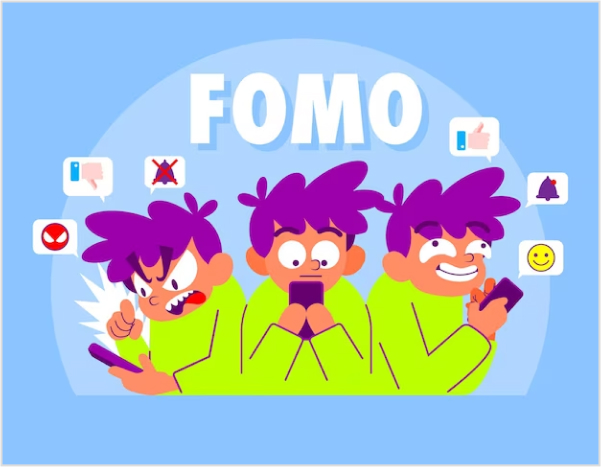
When done right, retargeting ads can lead to great conversion rates. But there’s always room for improvement. You can boost your conversion rates by adding a sense of urgency, like creating FOMO (fear of missing out).
This can be done with countdown timers, last-minute deals, or limited-time offers. When your audience sees that a popular product is available for a limited time, it triggers their impulse to buy. You can also customize your ads with countdown timers to make them feel more urgent.
Related: 4 Fatal Retargeting Mistakes to Avoid
4. Cross-sell new and existing products
This usually depends on the type of products you sell. However, there’s a good chance that some of your products will complement one another.
You can utilize both customer and sales data to come up with a list that targets particular purchases. Then, you’ll show your audience ads that might be a product that complements their purchase. Your ad should make the value of the purchase clear to their mind. Show them how these purchases will complement one another.
Offering relevant cross-sell suggestions demonstrates that you understand your customers’ needs and preferences. This personalized approach enhances the shopping experience, fostering customer satisfaction and loyalty.
5. Retarget based on the sensitivity of pricing
One of the main reasons people abandon their shopping carts is the high shipping costs and finding a better deal elsewhere via a competitor.
For instance, millennials are quite careful about spending on non-essentials and spending less than the generations before them. Now that you know you’re dealing with price-sensitive customers, you can win them over by targeting them based on less.

You can target those people who have left at a specific point in the checkout process. For instance, right before they pick out shipping options. You can then offer them free shipping or give them discounts to entice them to come back and make a purchase.
6. Adjust your retargeting ads’ frequency
Most people are quite receptive to eCommerce retargeting ads, just as long as you don’t overdo it. If some ads are frequently popping up, this can hurt the relationship between the brand and the customer.
Up to the point where the customer ends up frustrated with these ads because you’re someone intruding into their lives, in an almost creepy way.
7. Keep your content updated
Repeatedly using the same ad copies in your eCommerce retargeting campaign can quickly diminish its effectiveness. When your customers encounter these ads everywhere, they eventually tune them out, similar to how we overlook billboards or road signs.
This phenomenon, known as advertising blindness or banner blindness, reduces the impact of your messaging. To maintain engagement and combat this, it’s essential to keep your approach fresh by regularly updating your ads to capture your audience’s attention effectively.
8. A/B testing for optimization
Another way to increase eCommerce sales is by exploring diverse ad creatives, copies, and strategies using A/B testing. Experiment with variations to pinpoint what connects most effectively with your audience. If needed, develop new retargeted ads tailored to your user base. Test various elements such as headlines, images, and calls to action to fine-tune your retargeting strategy and enhance overall performance.
9. Monitor and analyze results
Regularly monitor the performance of your retargeting campaigns and analyze metrics such as click-through rates, conversion rates, and return on ad spend (ROAS) to identify areas for improvement and optimization.
What is the best tool for retargeting?
The choice of the best tool for retargeting can vary depending on factors such as the specific needs of your business, budget constraints, and the platforms you wish to target.
However, one of the best retargeting platforms is Replug. It’s affordable and easy to use, and it goes beyond basic retargeting, offering functionalities like link cloaking, traffic routing, cross-platform conversion tracking, and much more.
Link Management Made Easy
Your go to link management tool for CTAs, branded and bio links, QR Codes, tracking and retargeting.
Get Started for FREE!
- Replug allows you to create specific campaigns designed for retargeting. Within this campaign, you can define which retargeting pixels you want to use.
- The platform integrates with so many popular social platforms, that you can simply add the relevant pixel to your links.
- Once you’ve set up your retargeting campaign with pixels, you can create shortened links as usual. When someone clicks on your Replug link, the retargeting pixel fires in the background, adding that user to your retargeting audience.
Why eCommerce businesses should prioritize retargeting?
Ever lost a potential customer who browsed your website but left without buying anything? eCommerce retargeting can bring them back!
1. Cross-device retargeting
Shoppers often research across multiple devices – phones, laptops, tablets. Cross-device retargeting ensures your ads follow them easily, keeping your brand top-of-mind no matter which device they use.
2. Email remarketing
Email remarketing is a powerful strategy for eCommerce businesses to tackle one of their most common challenges: cart abandonment. By implementing follow-up pixels in their email campaigns, businesses can effectively reduce cart abandonment rates and increase conversions.
Highlight the abandoned products, offer targeted discounts to incentivize completion, and provide a clear path back to checkout for a seamless recovery experience.
3. Social media retargeting
Retargeting pixels placed on your website to track visitors and then display targeted ads on their social media feeds. These ads can feature products they browsed, similar items, or special promotions, increasing the chances of re-engagement and conversion.
Besides that here are some of the major benefits of retargeting:
- Increased conversion rates: Retargeted ads have higher conversion rates compared to regular display ads since they target users with demonstrated interest.
- Brand awareness: By maintaining a presence in front of potential customers, retargeting helps reinforce brand awareness and credibility.
- Customization: eCommerce retargeting campaigns can be tailored based on users’ browsing behavior, ensuring relevant and timely messaging.
- Cost-effectiveness: Retargeting ads increase brand search by 1046%. This helps you maximize the impact of the advertising budget by focusing on a warm audience.
Best examples of eCommerce retargeting
Here are some of the best examples:
1. Amazon
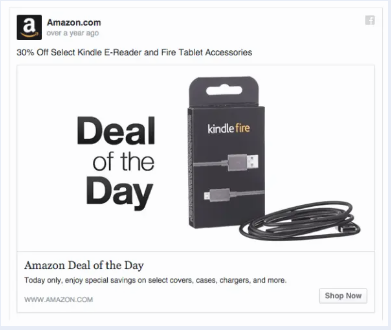
This Twitter retargeting ad example shows how brands can use Twitter’s native ad format to display relevant products or services in front of their targeted audience. The product being advertised here is for sale on Amazon, which means that those who visit this page can purchase it directly from Amazon without having to go through any other steps in between.
2. Udemy
The next in line is Udemy, If a user browses through Udemy’s course catalog but doesn’t enroll in any courses, Udemy may use browser retargeting to display targeted ads across other websites visited by the user.

These ads may showcase popular courses or highlight topics the user previously showed interest in, enticing them to return to Udemy and enroll in a course.
FAQs on eCommerce retargeting
How can businesses measure the success of their eCommerce retargeting efforts?
Businesses can measure the success of their eCommerce retargeting campaigns by tracking metrics such as click-through rates, conversion rates, return on ad spend (ROAS), and overall revenue generated from retargeted users.
What is the best tool for social media retargeting?
The choice of the best retargeting tool depends on factors such as business needs, budget, and targeted platforms. However, Replug is one of the top retargeting platforms in 2024, offering affordable pricing and advanced functionalities like link cloaking, traffic routing, and cross-platform conversion tracking.
What are some effective eCommerce retargeting strategies?
Some effective strategies include segmenting your audience, creating catchy ad copy, injecting FOMO (fear of missing out) to boost sales, cross-selling complementary products, retargeting based on pricing sensitivity, adjusting ad frequency, and much more…



























